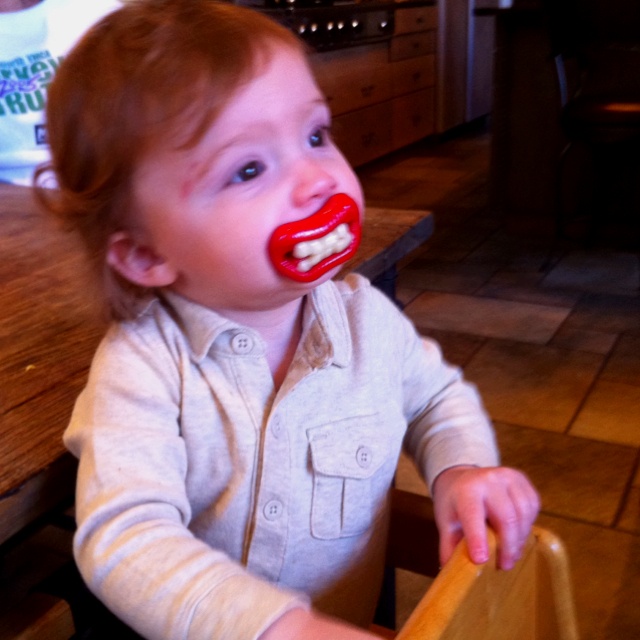Orthodontic Pacifier: Promotes Healthy Teeth

The use of pacifiers is a common practice among parents to soothe and calm their infants. However, traditional pacifiers have been linked to various oral health issues, such as misaligned teeth and improper jaw development. To address these concerns, orthodontic pacifiers have been designed to promote healthy teeth and jaw development in infants. These pacifiers are created with a unique shape and material that allows for proper oral development, reducing the risk of future orthodontic problems.
One of the primary benefits of orthodontic pacifiers is their ability to guide the teeth and jaw into proper alignment. The shape of the pacifier is designed to mimic the natural shape of the mouth, allowing the teeth and jaw to develop in a healthy and natural way. This can help to reduce the risk of issues such as overbites, underbites, and crossbites, which can be caused by traditional pacifiers. Additionally, orthodontic pacifiers can help to promote proper tongue positioning, which is essential for healthy oral development.
How Orthodontic Pacifiers Work
Orthodontic pacifiers work by providing a comfortable and natural shape for the infant’s mouth to mold around. The pacifier is designed to allow for proper movement and development of the teeth and jaw, reducing the risk of future orthodontic problems. The unique shape of the pacifier also helps to promote proper tongue positioning, which is essential for healthy oral development.
Benefits of Orthodontic Pacifiers
There are several benefits to using orthodontic pacifiers, including:
- Promoting healthy teeth and jaw development: Orthodontic pacifiers are designed to guide the teeth and jaw into proper alignment, reducing the risk of future orthodontic problems.
- Reducing the risk of oral health issues: Orthodontic pacifiers can help to reduce the risk of issues such as overbites, underbites, and crossbites, which can be caused by traditional pacifiers.
- Promoting proper tongue positioning: Orthodontic pacifiers can help to promote proper tongue positioning, which is essential for healthy oral development.
- Comfortable and natural shape: Orthodontic pacifiers are designed to provide a comfortable and natural shape for the infant’s mouth to mold around.
Types of Orthodontic Pacifiers
There are several types of orthodontic pacifiers available, including:
- Silicone pacifiers: These pacifiers are made from a soft and flexible silicone material that is gentle on the infant’s mouth.
- Latex pacifiers: These pacifiers are made from a natural latex material that is breathable and comfortable.
- Orthodontic pacifier shields: These pacifiers have a unique shield design that helps to guide the teeth and jaw into proper alignment.
FAQs
What is the difference between a traditional pacifier and an orthodontic pacifier?
+Orthodontic pacifiers are designed to promote healthy teeth and jaw development, while traditional pacifiers can cause oral health issues. Orthodontic pacifiers have a unique shape and material that allows for proper oral development, reducing the risk of future orthodontic problems.
How do I choose the right orthodontic pacifier for my infant?
+When choosing an orthodontic pacifier, consider the material, shape, and size. Look for pacifiers made from soft and flexible materials, such as silicone or latex. Also, consider the shape of the pacifier and how it will fit in your infant's mouth. It's also important to consult with your pediatrician or orthodontist for recommendations.
Can orthodontic pacifiers help with teething pain?
+Yes, orthodontic pacifiers can help with teething pain. The unique shape and material of orthodontic pacifiers can provide comfort and relief for infants who are teething. Additionally, some orthodontic pacifiers have special features, such as texture or ridges, that can help to soothe sore gums.
Conclusion
Orthodontic pacifiers are a great option for parents who want to promote healthy teeth and jaw development in their infants. By providing a comfortable and natural shape, orthodontic pacifiers can help to guide the teeth and jaw into proper alignment, reducing the risk of future orthodontic problems. With the various types of orthodontic pacifiers available, parents can choose the best option for their infant’s needs. Remember to consult with your pediatrician or orthodontist for recommendations on choosing the right orthodontic pacifier for your infant.

